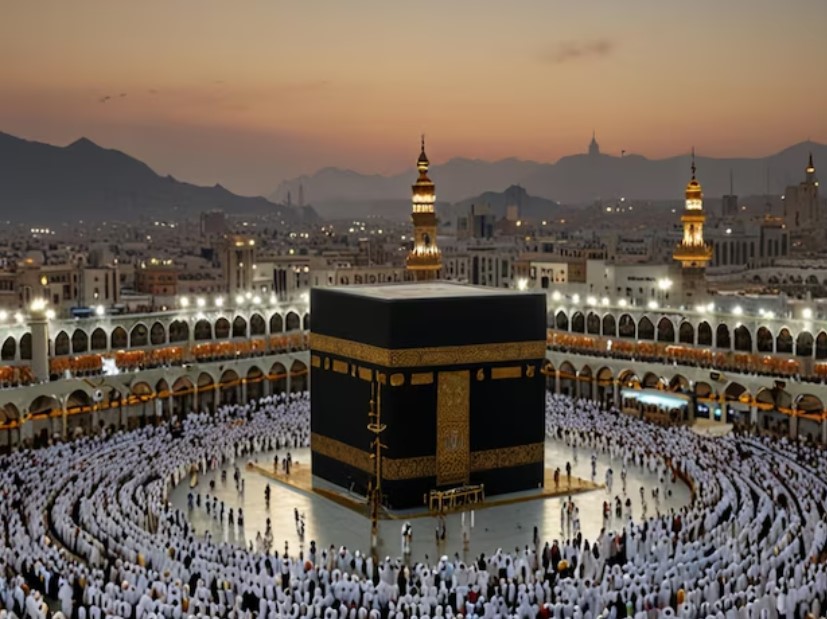Understanding Umrah
Let us understand why Umrah is regarded as such a significant and spiritually beneficial aspect of the culture and religion of Islam. Exploring the holy city of Mecca or performing a pilgrimage to it is one of the actions performed by all Muslims globally. Differently from Hajj, which is an obligatory pilgrimage taken at set times, Umrah is merely optional and can be undertaken at any given time of the year. There is no obligation on Muslims to carry out the Umrah performance, but it is very common among the believers as it is a great time for cleansing themselves, reestablishing spirituality, and seeking closeness to Allāh. It is a prescribed journey made up of various customs intended to depict the lives of Prophet Ibrahim (Abraham) and his family, emphasizing the concept of faith, dedication, and surrender to the Almighty.
The Spiritual Meaning Attached to Umrah
The spiritual meaning of the Umrah is intensely abiding and equally diverse. The trip to Mecca, for many Muslims, is not simply a journey, it is an experience. The practices carried out in the course of visiting Umrah serve the purpose of purifying the spirit and asking for mercy, which even marginalizes one’s faith in Islam. Upon reaching this point, pilgrims perform Tawaf, the action of believers entering into oneness concerning the worship of the One God. The Sai, the practice of running between the two hills of Safa & Marwah, honors Hagar’s search for water for herself & her son Ishmael and incorporates faith and endurance with dependence on the Mercy of Allah too. Every step of the Umrah reminds them of the sacrifices of the prophets and their families and thus is one of the great spiritual activities that fortifies the believers’ faith and helps in drawing them to their Creator.
The Rituals of Umrah: Step-by-Step Guide
The last activity is to wear the Ihram clothes and at the same time have the niyyah to perform the pilgrimage. This garment is primarily white emphasizing purity, and oneness, and shifting one’s focus to spirituality rather than worldly issues. While in the intention of performing the actions that are within the Ihram, migrants are not supposed to take some actions such as cutting hair or nails, entering into conjugal morrow relations as well as the use of scent among others.
The first major rite of Umrah is Tawaf which is the circumabulatory movement of the pilgrims around the holy Kaaba in a counterclockwise manner up to the total number of seven. This is succeeded by the Sai which is the hasty walking that pilgrims do seven times between the two hills Safa and Marwah. Once these are completed, they also practice the Halq or Taqsir, which involves shaving off their heads unless they are women who are only meant to cut a part of their hair symbolizing the end of their pilgrimage should there be no more acts of violation.
Read also: Doc Etraveliespinoza Financialtimes
Conclusion: Umrah and its Importance in the Present Context
Umrah is regarded as one of the most loved as well as spiritually important acts in Islam. It is indeed a non-obligatory act, but it is very important for every Muslim as it gives them the chance to refresh their faith, seek forgiveness, and get closer to God. Every year, thousands are flown to Mecca in Saudi Arabia to engage themselves in a pilgrimage that has a long history, some perfected rituals, and rich spiritual rewards. In so doing, not only are the Muslims performing an important religious obligation that they revere but they also help perpetuate “Umrah” as an expression of piety, reconciled disunity, and the uninterrupted relationship between religious subjects and their God.







